- Summary list for 1.4 Membrane transport
- Mindmaps
- Exam style question about osmosis in plant tissues
- Model answer
- Model answer
- Model answer
- Multiple choice questions
- 1.4 Membrane transport 1/1
 The membrane controls what enters and leaves the cell. This includes using diffusion and osmosis. Sometimes the membrane uses integral proteins as channels and pumps, sometimes the membrane surrounds something which needs moving into or out of the cell.
The membrane controls what enters and leaves the cell. This includes using diffusion and osmosis. Sometimes the membrane uses integral proteins as channels and pumps, sometimes the membrane surrounds something which needs moving into or out of the cell.Learn and test your biological vocabulary for 1.4 membrane transport using these flashcards.
These slides summarise the essential understanding and skills in this topic.
They contain short explanations in text and images - good revision for all students.
Read the slides and look up any words or details you find difficult to understand.
Summary list for 1.4 Membrane transport
- Particles move across membranes by simple diffusion, facilitated diffusion, osmosis and active transport.
- The fluidity of membranes allows materials to be taken into cells by endocytosis or released by exocytosis. Vesicles move materials within cells.
- Know how the structure helps the function of sodium–potassium pumps for active transport and potassium channels for facilitated diffusion in axons.
- Understand why tissues (or organs) waiting to be used in medical procedures must be bathed in a solution with the same osmolarity as the cytoplasm to prevent osmosis.
- Skill: Estimation of osmolarity in tissues by bathing samples in hypotonic and hypertonic solutions. (Practical 2)
Mindmaps
These diagram summaries cover the main sections of topic 1.4 about membrane transport.
Study them and draw your own list or concept map from memory.
Exam style question about osmosis in plant tissues
Explaining osmosis is an important skill from this topic.
Answer the question below, on a piece of paper, then check your answer against the model answer below.
The images show two views of some red onion cells under the microscope during osmosis.
.png)
Describe how osmosis changes the cells in this experiment [4]
....................................................................................... ............................................................................
....................................................................................... ............................................................................
....................................................................................... ............................................................................
....................................................................................... ............................................................................
Click the + icon to see a model answer.
Multiple choice questions
This quiz contains a set of multiple choice questions covering the topic. Explanations of each answer are displayed after you click to check the answer(s).
START QUIZ!
Drag and drop activities
Test your ability to construct biological explanations using the drag and drop questions below.
Test your construction of biological explanations using the drag and drop questions below.
Passive transport across the cell membrane.
Drag and drop the correct term into the gap to describe passive transport.
Osmosis muscle cells down against (ATP) Diffusion hypotonic shape oxygen diffusion gradient into the cell hypertonic channel protein
In passive transport, substances can pass across the plasma membrane their without energy expenditure by diffusion or facilitated transport.
occurs across the membrane through the bilayer, for example into muscle cells.
is a form of diffusion where water passess across the plasma membrane from a to a solution.
Facilitated transport uses a . This protein combines with a certain substance, changes (conformation) taking the molecule without using energy, for example glucose into .
Explanation/Examiner hint. Use correct terminology.
Just for fun
Have some fun while revising. try this educational Revision arcade game about membrane transport.
How much of Membrane transport 1.4 have you understood?















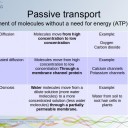


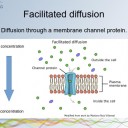

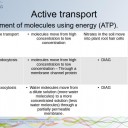

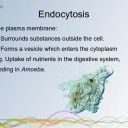

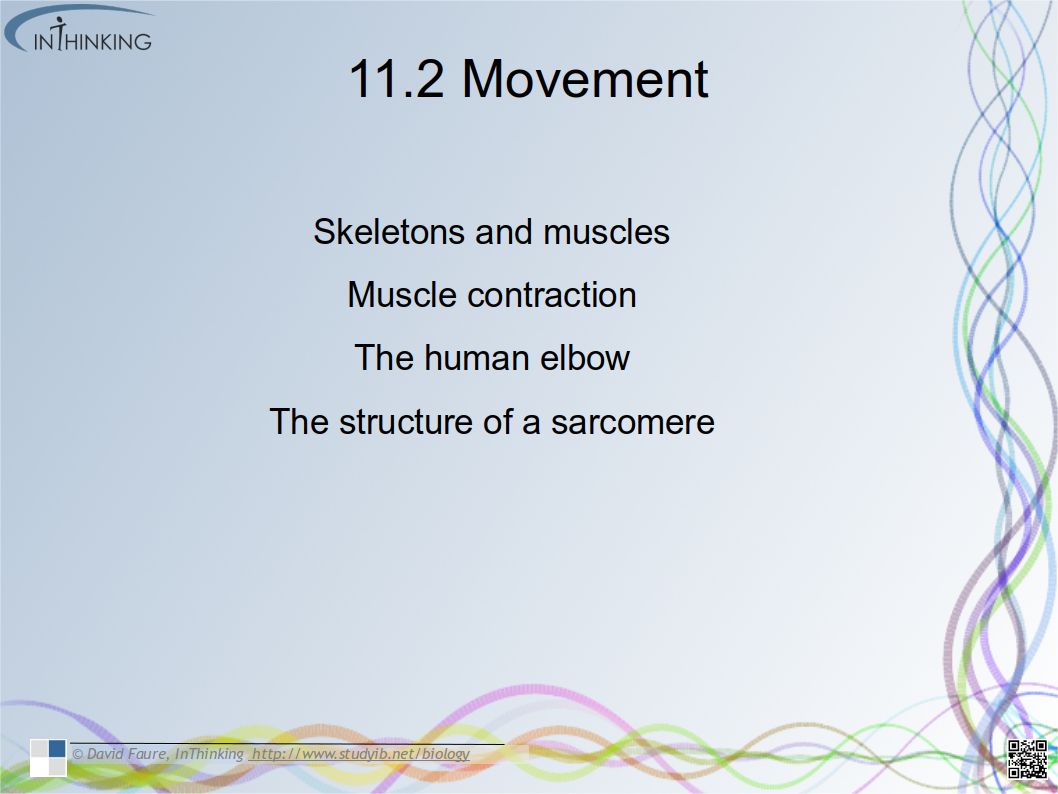
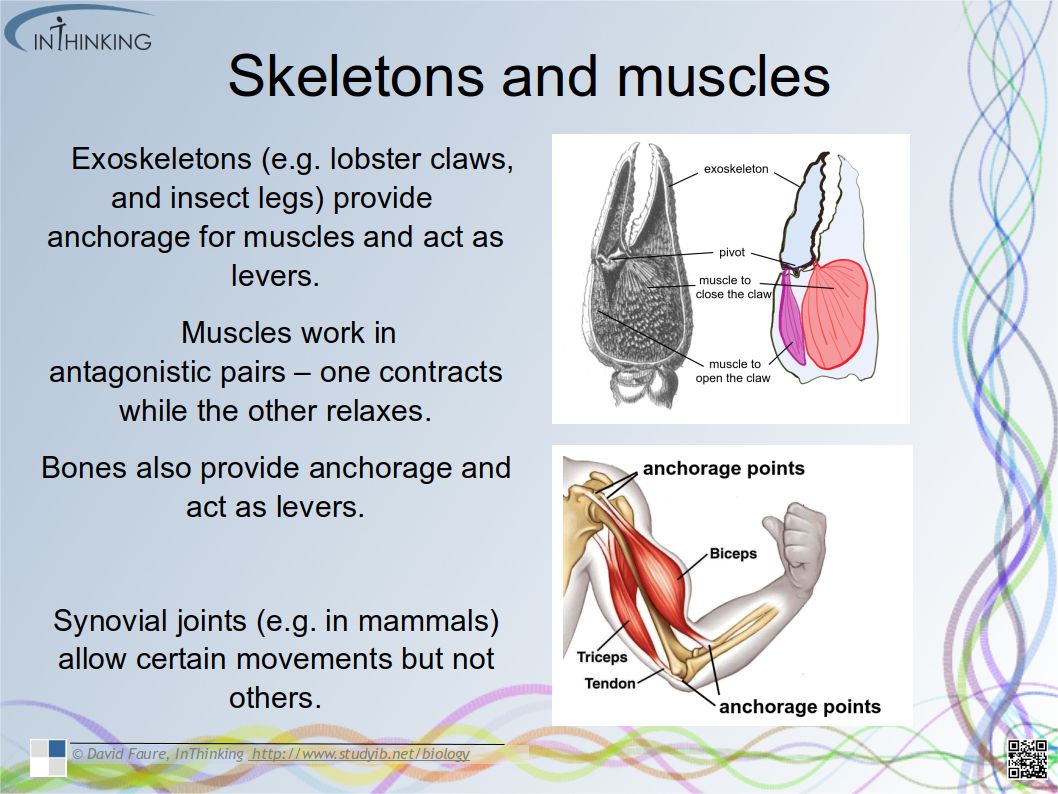
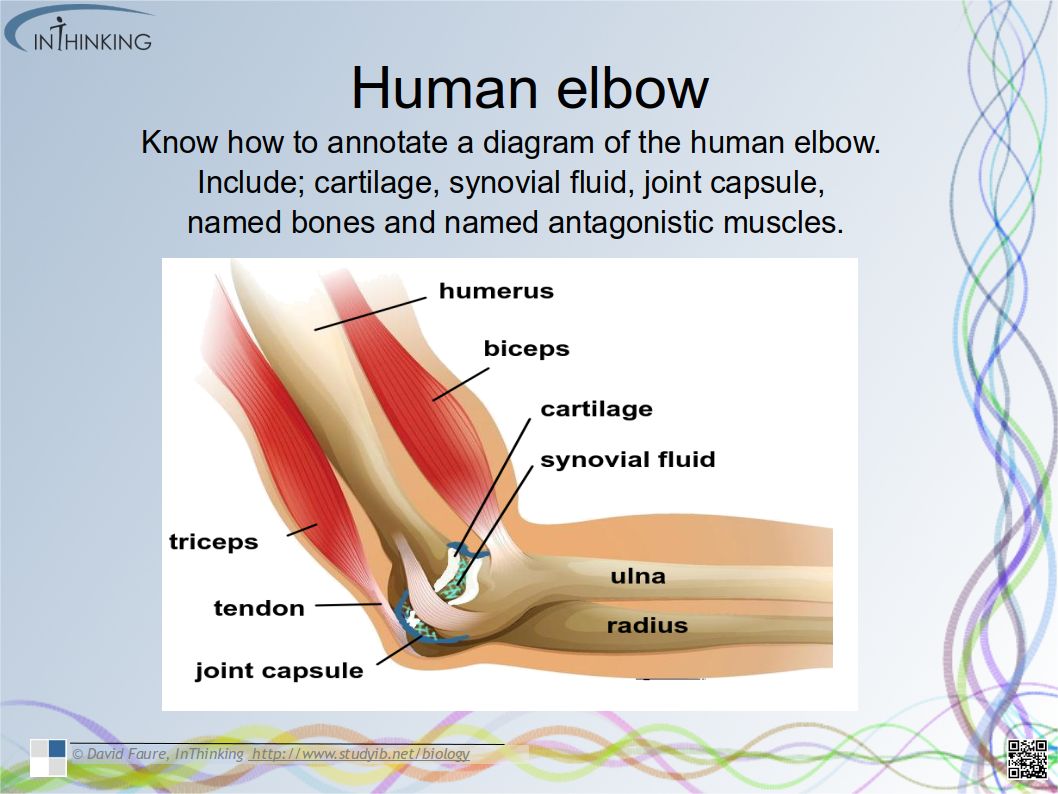

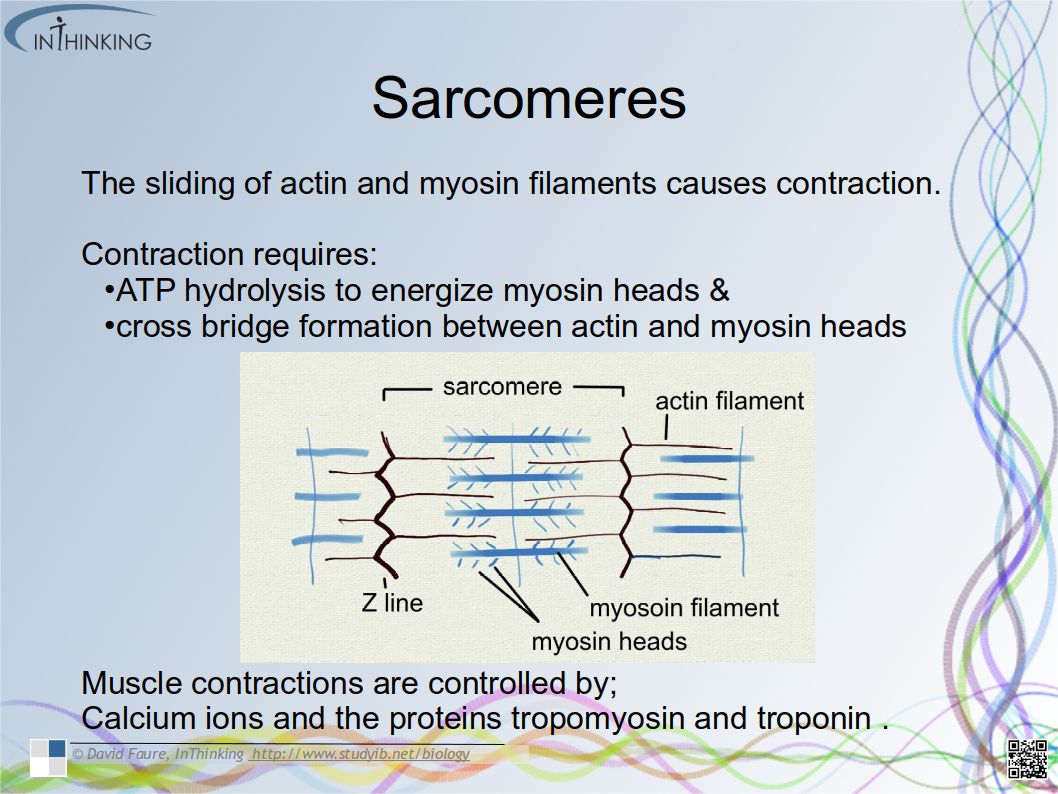

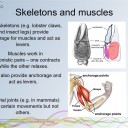
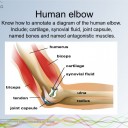

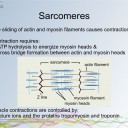
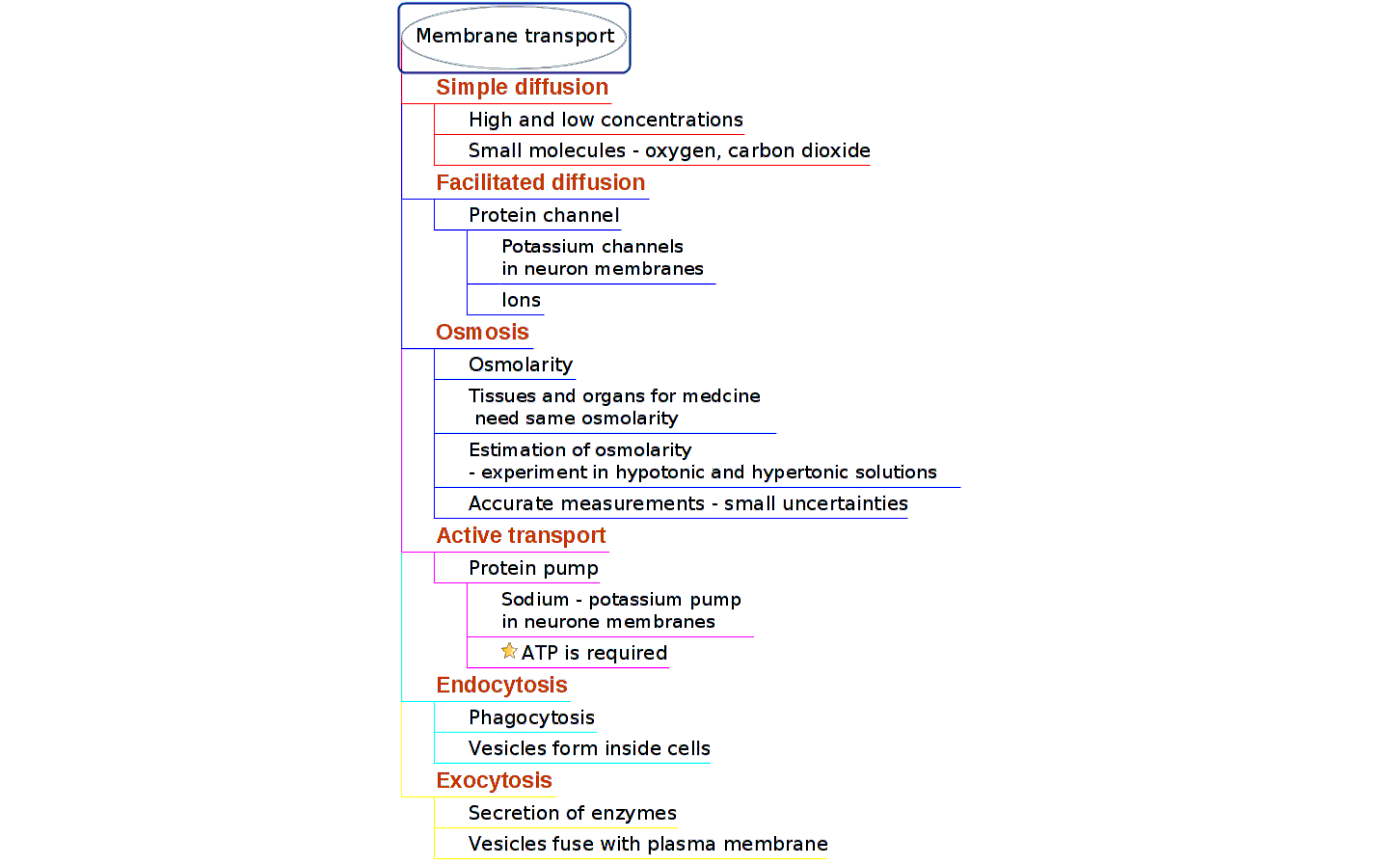
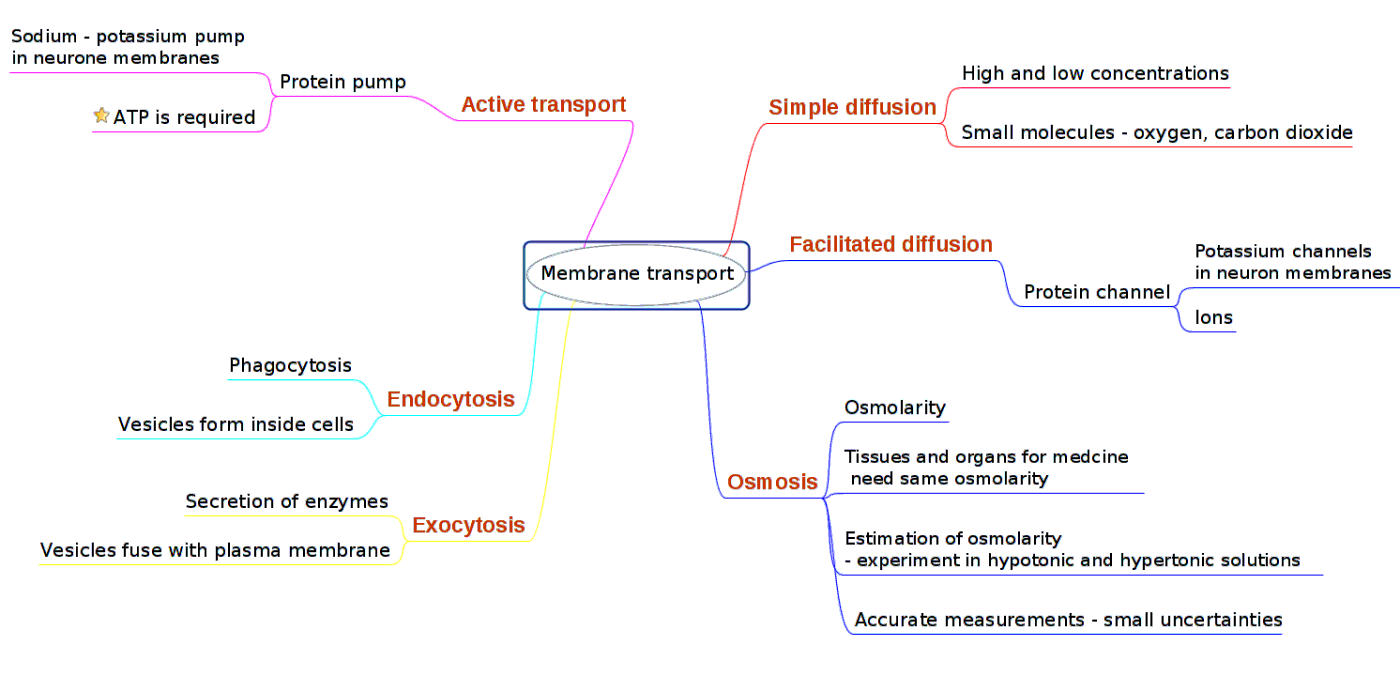
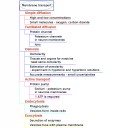

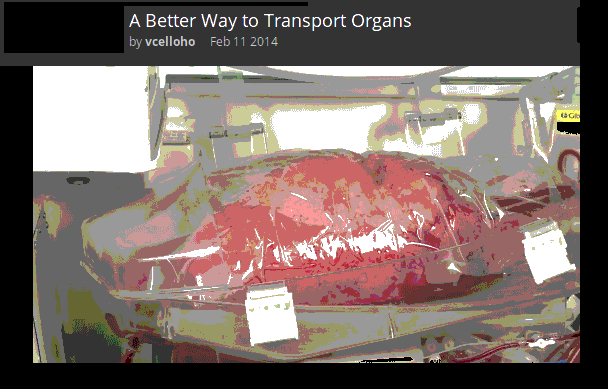
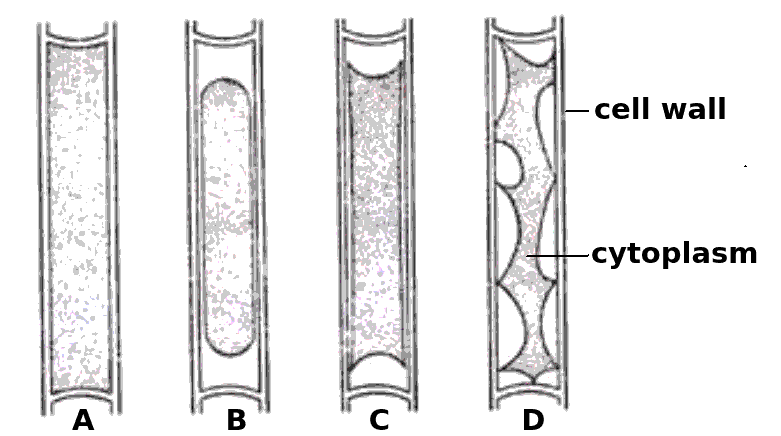


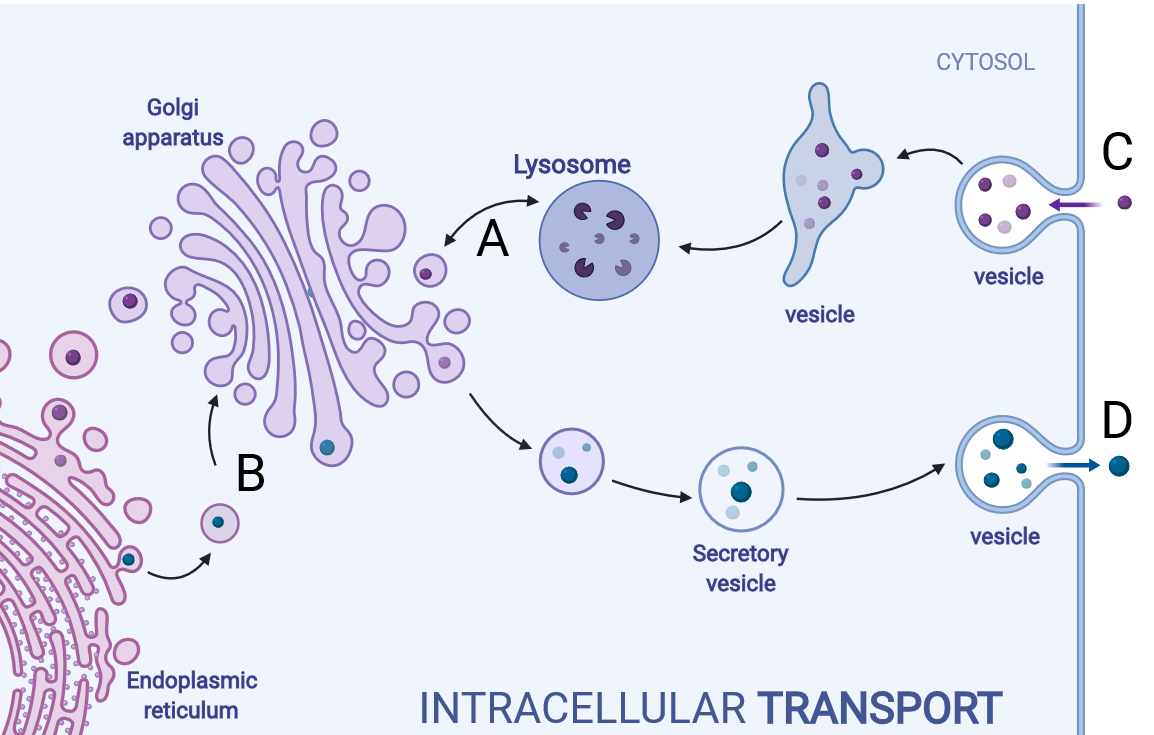
 Twitter
Twitter  Facebook
Facebook  LinkedIn
LinkedIn